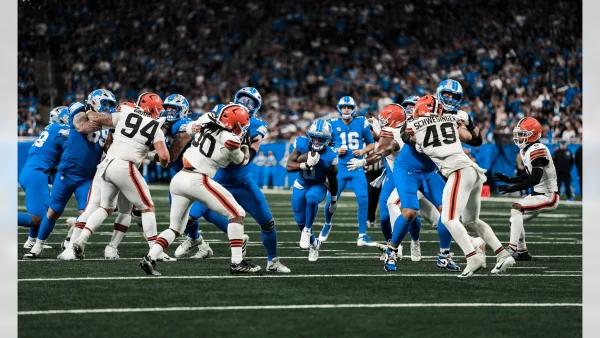Making the case for a salary floor in Major League Baseball
The MLB needs to think of a salary floor, for the sake of the fans.
As the calendar turns to spring — yes, it will be spring, don’t look outside — baseball will return. The crack of the bat, the sound of the ball hitting the glove and the beauty of the baseball diamond are all things to look forward to.
Will this baseball season be competitive though? Well, probably not.
Major League Baseball has a spending problem, and not in a good way. It’s not that owners are spending too much, it’s that some aren’t spending at all.
Over a third of the league has a team payroll under $100 million. That’s pathetic.
What’s even more pathetic is that four teams have a payroll under $50 million. Granted, three of these teams (Pittsburgh, Baltimore and Miami) are rebuilding, so it’s understandable. Even then, Pittsburgh and Baltimore both have owners with long histories of cheapness.
The team with the lowest payroll in the league — the Cleveland Indians, paying their players a total of a measly $33 million and change — have been shamelessly selling off their best players before they become “too expensive” over the last couple years, most recently superstar shortstop Francisco Lindor.
Other teams have done the same thing over the past couple years. The Boston Red Sox traded star outfielder Mookie Betts last offseason because their owner John Henry, seventh-richest owner in the league in terms of net worth, was tired of paying the luxury tax.
Prior to this move, Henry fired spend-happy general manager Dave Dombrowski one year after winning the World Series and replaced him with a puppet in Chaim Bloom from the Tampa Bay Rays organization.
More recently, the Colorado Rockies shipped off the face of their franchise, Nolan Arenado. The Rockies didn’t get much in return for him, thus the trade has rightfully been viewed as a salary dump.
Do you see a trend here? MLB owners aren’t willing to spend money to keep a competitive team on the field, and it’s ruining the game.
A fine example of this is in our own backyard. The Detroit Tigers are in the midst of a long rebuild. There’s no denying that. But you know what would help speed up the rebuild? If GM Al Avila was able to sign quality players in free agency to help keep the team be somewhat competitive.
But owner Chris Illitch isn’t interested in that. He’d rather be content with the Tigers losing 100 games every year.
The Illitch family is worth $4.1 billion, the fourth-richest ownership group in the league. The late, great Mike Illitch is rolling in his grave.
The biggest excuse over the last year for owners deciding to penny-pinch was they lost money in 2020 due to the pandemic — it’s time to put that to rest.
None of the owners lost money in 2020. They just didn’t make as much as they did in 2019.
Things need to change. The time has come to implement a salary floor in Major League Baseball.
Now I’m not talking about anything crazy — $100 million should do the trick — just enough to keep the league at a level-playing field.
Now why not a salary cap, you might ask? Well the league tried that back in 1994. It didn’t go well, as the players went on strike and the 1994 season was cancelled at the All-Star break.
With the current collective bargaining agreement expiring at the end of this upcoming season and the players and the owners already at odds, another work stoppage of some kind is almost inevitable. If there’s one thing that both sides need to take into consideration, it’s the fans: think of the fans.
We’re the ones that pay for tickets (when we can) and the ones that watch the games. Nobody is interested in a product where the same two teams make the World Series every year.
A salary floor is a great way to force teams to spend money, while also keeping the league competitive.










